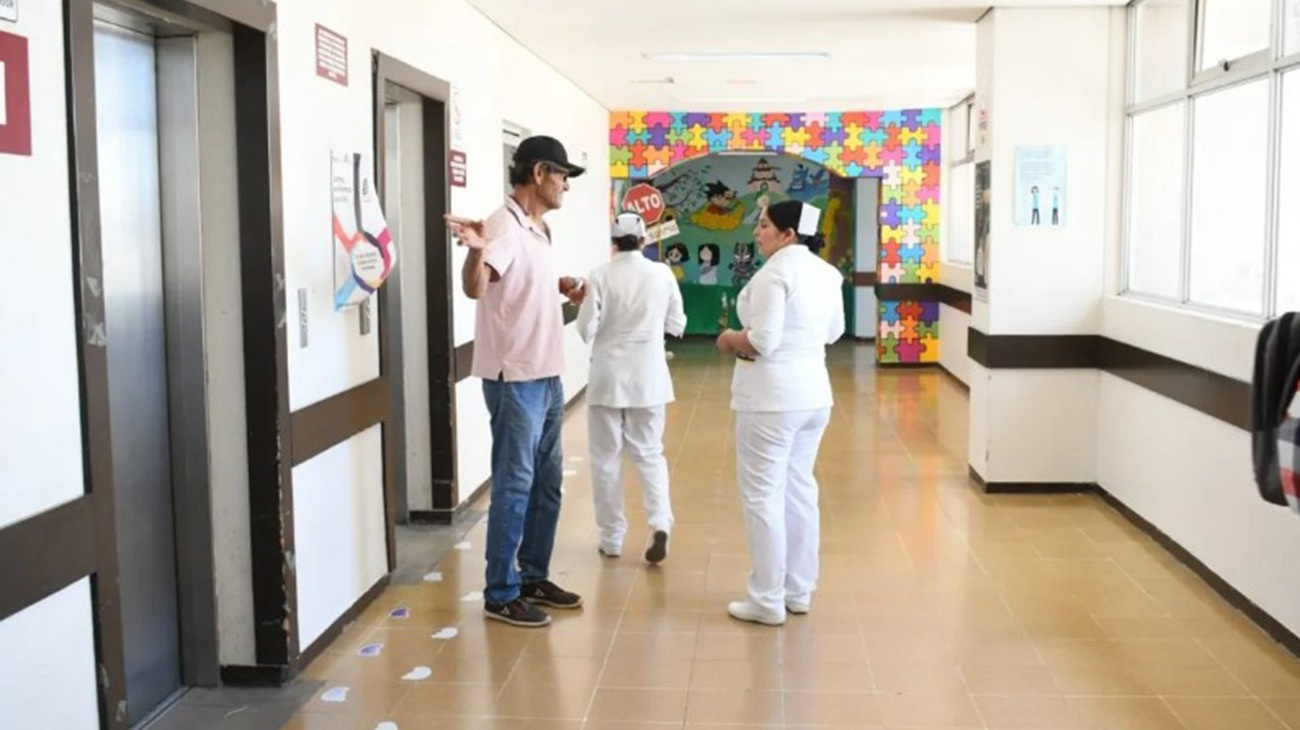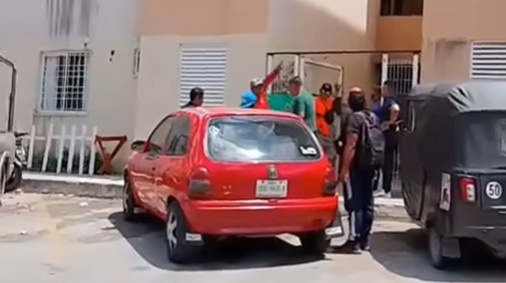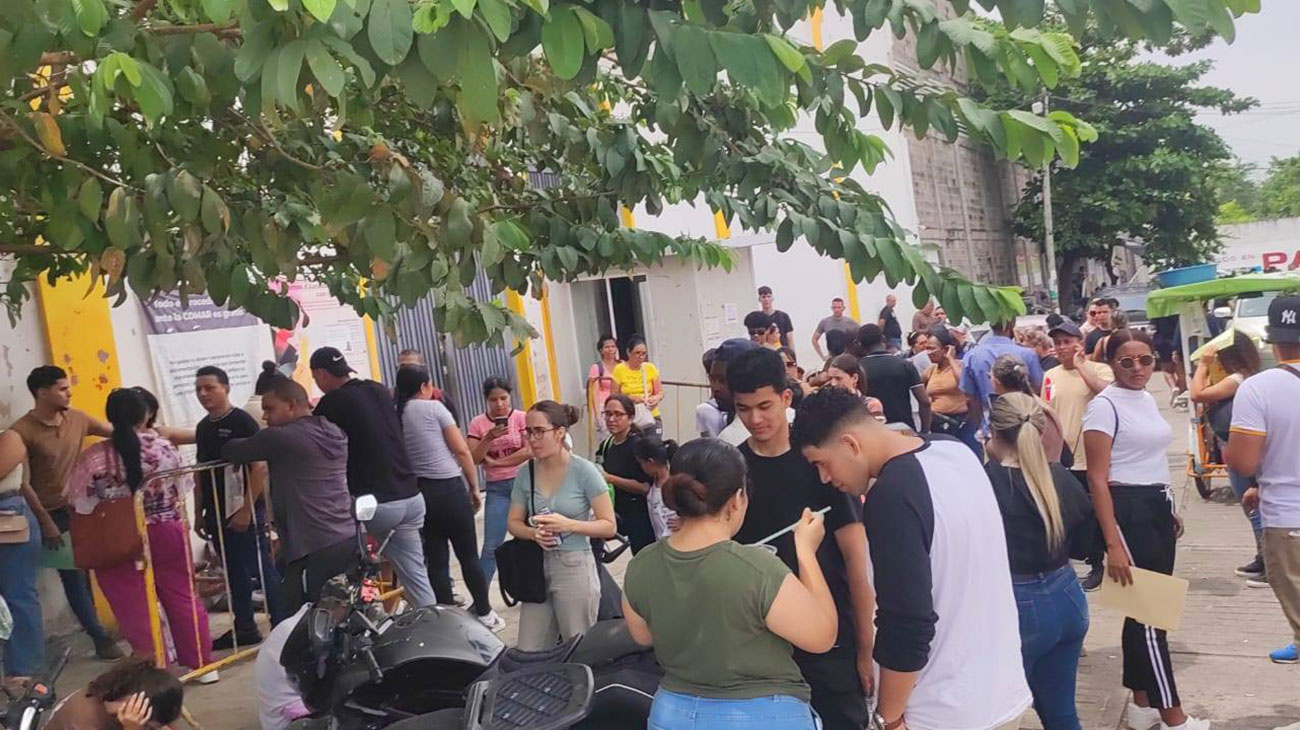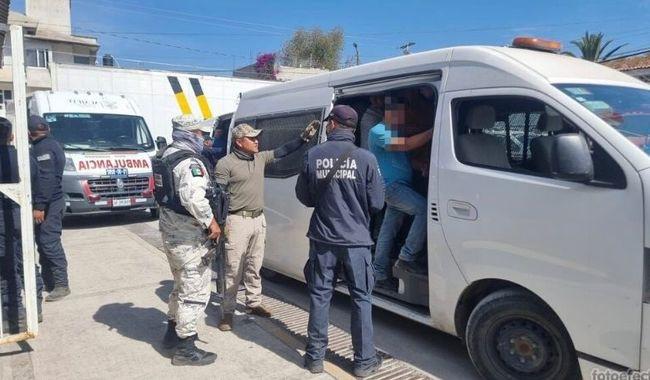The residents of Celestún demand that the INM issue safe-conduct passes to the island’s migrants.
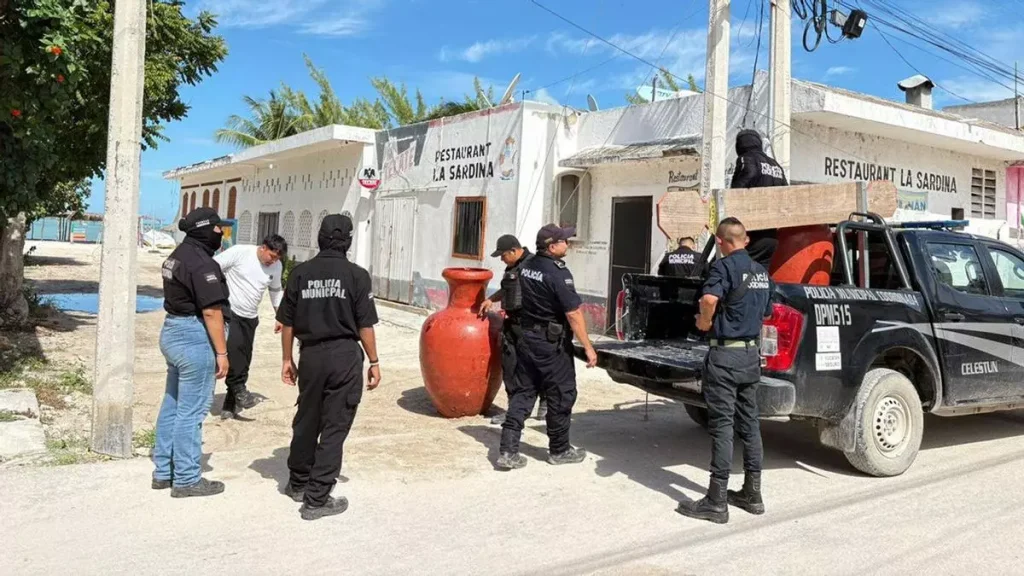
![]() 14ymedio, Angel Salinas, Mexico City, October 22, 2025 – The residents of Celestún (Yucatán), a fishing village of fewer than 8,000 inhabitants, have been hiding 21 Cuban rafters since October 16. “People want Immigration to personally deliver a safe-conduct pass to the migrants,” local police officer Dagoberto Canul tells 14ymedio.
14ymedio, Angel Salinas, Mexico City, October 22, 2025 – The residents of Celestún (Yucatán), a fishing village of fewer than 8,000 inhabitants, have been hiding 21 Cuban rafters since October 16. “People want Immigration to personally deliver a safe-conduct pass to the migrants,” local police officer Dagoberto Canul tells 14ymedio.
According to the official, the island nationals, including four women, are being held on a property near the City Hall. However, residents have asked Mayor Germán Jesús Cauich Pinto to intervene with the National Migration Institute (INM) to obtain the document, because “there is a fear that the National Guard will detain and deport them.”
Although the INM maintains that Mexico does not deport, official data certifies that in the first half of this year, 21 Cubans were expelled for “providing false information and documents and for illegally re-entering the country.” During the same period, another 74 migrants and two children were returned to Cuba through “assisted returns.” The Mexican government has justified the returns of Cuban nationals and calls them “assisted returns” [a petition that migrants supposedly sign to return to their country of origin], lawyer José Luis Pérez Jiménez tells continue reading
Canul says the population has offered support to the rafters who remained adrift for seven days in two rafts before landing on the beach.
Canul says the population has offered support to the rafters who remained adrift for seven days in two rafts before landing on the beach. “Immigration has explained that they cannot issue them a safe-conduct permit for a year, that everything depends on the procedures, and that what they would be given is a document that allows them to legally stay for 30 days, during which they should use the opportunity to apply for refuge with the Mexican Commission for Refugee Assistance (COMAR),” the police officer comments.
Ixchel, who had contact with one of the women from the Island, says there’s anger because Immigration demanded they hand over the Cubans or else there would be consequences. “They’re good people who don’t harm anyone; what they want is a better life.”
The arrival of this group of rafters was reported to the Pastoral de Migración* (Migration Pastoral) in Yucatán, Officer Canul stated. “This story was confirmed to us,” he stated. However, the person in charge of the facility denied the official’s claim and said he knew nothing about the migrants.
A source confirmed to this newspaper that Enrique Puc was in Celestún on Tuesday. The local police officer believes the pastoral manager’s presence is part of the ongoing negotiations, although he warns that there has been no progress. “They have hidden them well. There are no videos or photos of the Cubans. The only thing is the footage of their arrival, and the individuals cannot be identified.”
*The Catholic Church’s ministry dedicated to serving migrants.
____________
COLLABORATE WITH OUR WORK: The 14ymedio team is committed to practicing serious journalism that reflects Cuba’s reality in all its depth. Thank you for joining us on this long journey. We invite you to continue supporting us by becoming a member of 14ymedio now. Together we can continue transforming journalism in Cuba.








